Issue 18 Flipbook
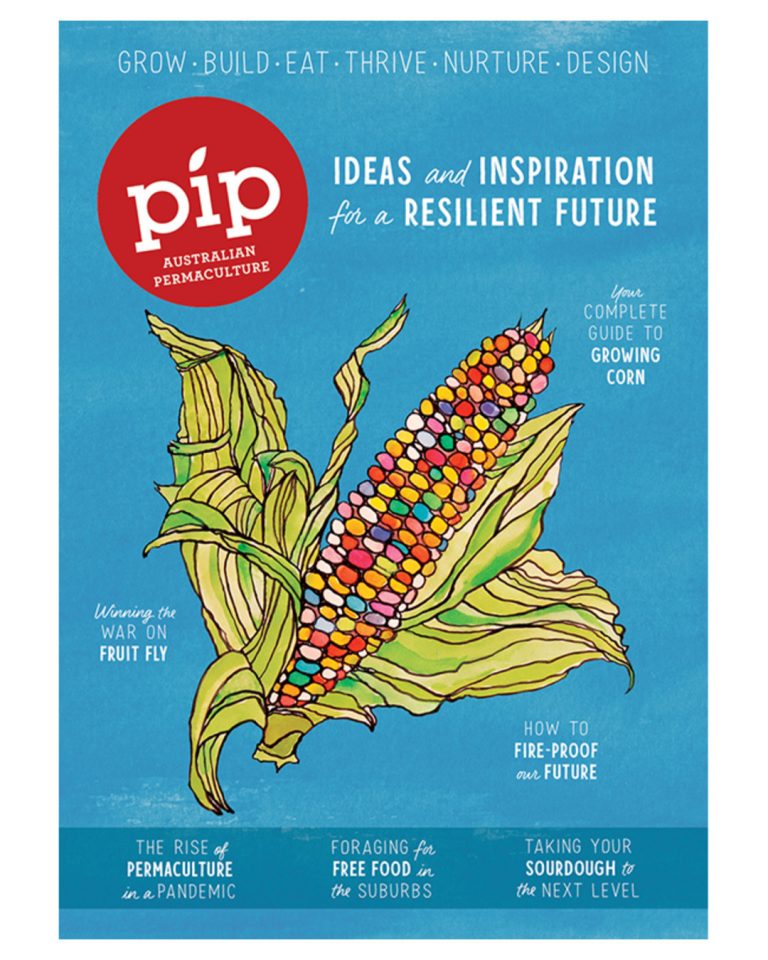
Read issue 18 as a flipbook

Read issue 18 as a flipbook


Many people are surprised to learn that clover is an edible weed. We all know it well having grown up with it, wishing away sunny afternoons as kids searching for that elusive four-leaf clover.
Clover is the common name for plants of the genus Trifolium which, broken down in Latin, means three (tri) leaf (folium). It consists of 300 species of flowering plants in the legume or Fabaceace family.
Trifolium repens, or white or Dutch clover, is probably the most common in urban and regional areas. It has white or soft-pink flowers and the leaves boast distinctive markings. Red clover is also common; it’s similar in appearance to Dutch clover but its flowers are red and it has no markings on its leaves.
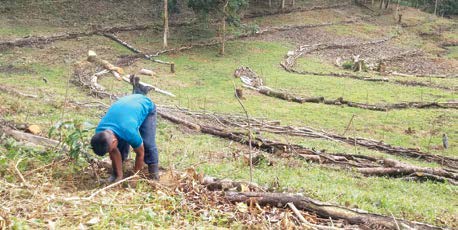

One of many Ecosystem Restoration Camps around the world, Contour Lines is helping to protect the Guatemalan rainforest by working with local Mayan communities to transform corn monocultures into abundant food forests. Through regenerating degraded farmlands, the camp hopes to demonstrate the benefits of regenerative agriculture methods to the local community.
One metre at a time, the project is building contour lines with logs and other organic material to slow erosion, improve soil hydration and fertility, before planting fruit trees, legumes and edible annuals into the terraces. So far, the project has
created over 20 kilometres of contours. The local community is deeply involved – it is their land and their project – and are now training other villagers. As well as restoring ecosystem health, this project is also about creating regenerative livelihoods.


We’d love to see if we’ve inspired you to embark on any projects. Email your letters and photos to editorial@pipmagazine.com.au. Each published entrant will receive a limited-edition Pip Magazine print featuring archival inks on textured 300 gsm rag paper.
For the mums
My name is Anita and I am a mother of three boys. This is the first time I’ve bought your magazine and I think it’s fabulous. Robyn’s editorial was so spot on – it brought tears to my eyes and I couldn’t agree more about the rise in depression.
I would love to see an article written for all Australians, but mainly mums out there struggling with depression. I’m one of those mums who struggles with it every day, but I have never admitted it because how can a mum function if she’s mentally unstable?


What to sow
NOVEMBER
Basil, beans, beetroot, cabbage, capsicum, carrot, cauliflower, chives, coriander, cucumber, English spinach, kohlrabi, leek, lemongrass, lettuce, marjoram, mint, onion, oregano, parsley, parsnip, pumpkin, radish, rosemary, silverbeet, swede, sweet corn, tarragon, thyme, tomato, turnip and zucchini.
DECEMBER
Asian greens, beetroot, broccoli, Brussels sprouts, cabbage, carrot, cauliflower, celeriac, celery, cucumber, leek, lettuce, parsnips, potatoes, pumpkin, rocket, salad onions, silverbeet, sweet corn, tomatoes and zucchini.
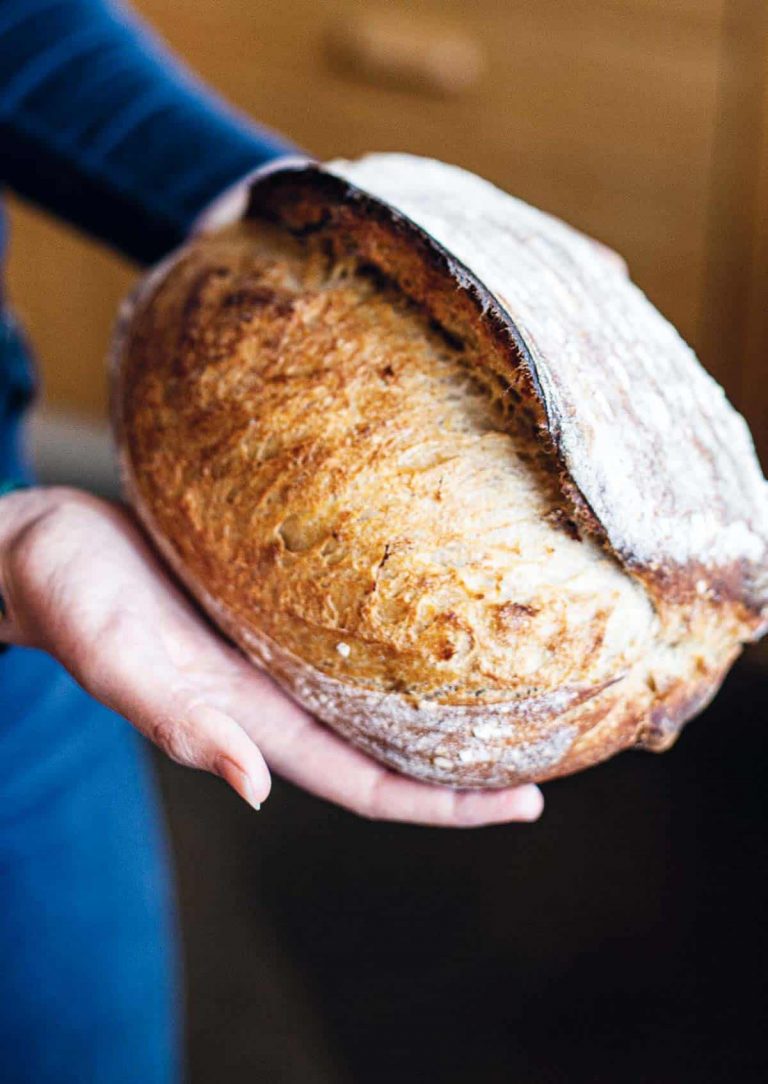

Questions answered by Emily Stokes of @fermaculturefarm who has been running sourdough workshops for 10 years, teaching people how to keep their sourdough starter fit and healthy.
SOURDOUGH
How long can my starter go without being fed?
If you are leaving your starter on the bench all the time then it’s best you feed it every day. If you are not baking bread every day, then feed your starter, put it in a clean jar with the lid on it and store it in the fridge.


More readers, more content and we’ve been nominated for a gong! And it’s all thanks to you
In these uncertain times, we want to take a moment to spread the positive tidings of Pip’s very bright future. Between a significant spike in reader engagement, a switch up to four issues each year and a fast-growing team of passionate and talented staff, it all points to more informative, entertaining and inspiring content for you, more often.
As Australians look to become more self-reliant through sustainable living and permaculture practices, Pip has doubled both its print subscribers and online engagement. The growth in interest in what Pip does best has inspired us to do it better; we’re creating stories, features, videos and podcasts that are more accessible, more informative and even more inspiring for you to live the life you want to live. And if our readership results weren’t enough to let us know we’re on the right track, we’re delighted to announce Pip has been nominated for the Publishing Company of the Year industry award! We’re up against some big hitters and will be announced early next month. So thanks to each and every one of you for being part of the growing and vibrant Pip community. Without you and your ongoing support we wouldn’t be able to grow. And the fact we can grow in these times shows people are thinking more about the way they live their lives and the impact it has on their planet.
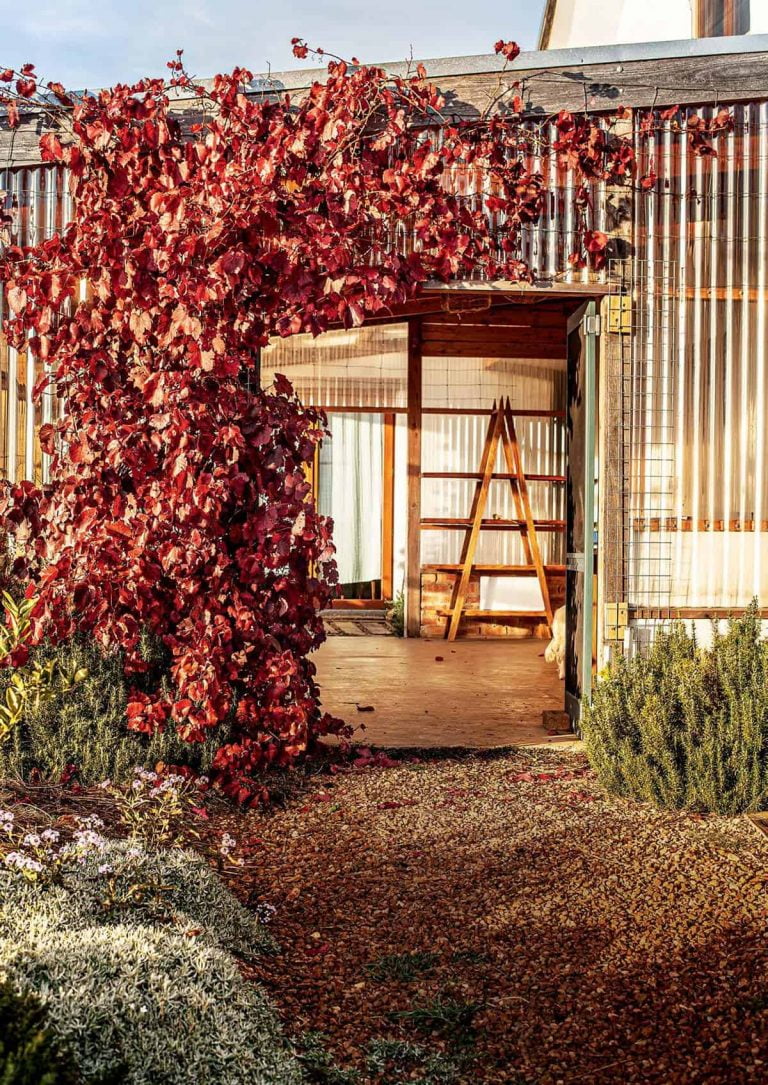

It was 13 years coming, but couple Mara and Ralph have created a sustainable, efficient and loving home that was well and truly worth the wait.
I was singing Italian folks songs at the Boite Singers’ Festival when my partner Ralf asked for a second time ‘can we move to the country?’ Thirteen years earlier he’d made the same proposal but I wasn’t ready. On this occasion however, I craved change and the timing was perfect. So by the end of the festival weekend we had found a completely bare 15-acre grazing paddock just a 10-minute drive from the gorgeous town of Daylesford in Victoria’s Central Highlands.
It was a flat block with a very gentle slope to the west, boasting beautiful views of the Great Dividing Range, rich chocolate volcanic soil and adequate rainfall. Its treeless state meant we could revegetate to our heart’s content. It is on this site that our permaculture farm Orto began and where I host my cooking school Village Dreaming.
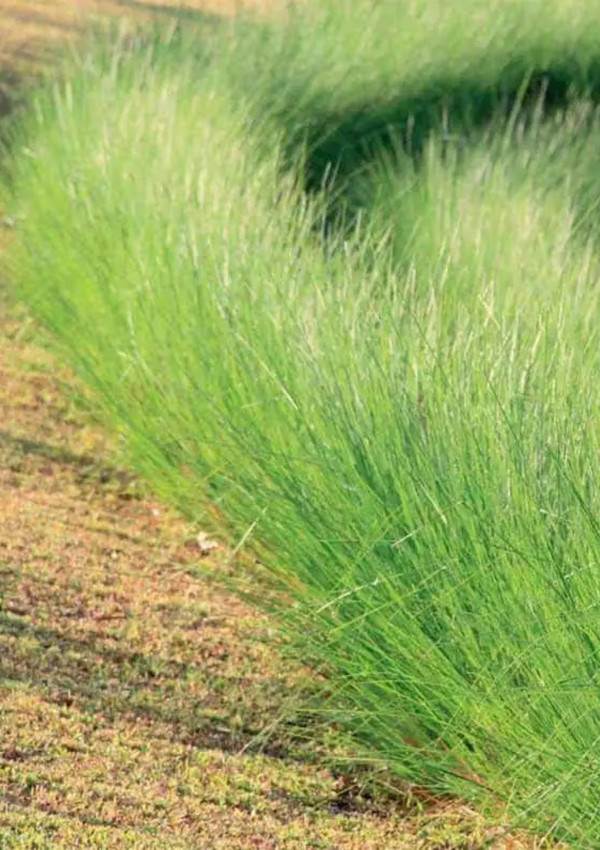

Permaculture design works with Bill Mollison’s ‘each element performs many functions’ principle. So when choosing your plants, look for species that can perform multiple functions. Whether it’s in small suburban gardens or on large-scale properties, vetiver grass does exactly that.
Vetiver grass (Vetiveria zizanioides) is a perennial bunchgrass native to India and Ceylon. It grows up to 1.5 metres in height and shoots from an underground crown, which makes it resistant to frost, fire and heavy grazing. As long as it’s planted in full sun, vetiver will tolerate a broad range of climates from tropical, semi-arid through to temperate zones. And it isn’t particularly picky when it comes to soil quality, either.
Lauded for its value in permaculture systems and trialled extensively by practitioners around the world, this versatile grass can slow water run-off and remedy soil erosion, while boasting a wide variety of other uses from fodder through to fragrance.
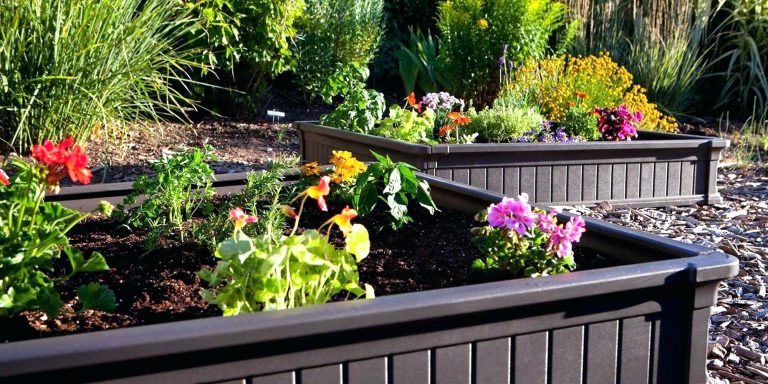

A useful reference for anyone interested in growing vegetables at home using organic methods. Useful to apartment dwellers and backyard roamers alike, the book covers everything you need to know to get the most food out of your space.
This amended edition of the best-selling Australian gardening book covers everything from understanding soil, creating beds, successful composting and productive worm farms through to natural pest and disease management, and saving and sowing seeds.
Written by Melburnians Fabian Capomolla and Mat Pember, this latest edition is a great start for anyone wanting to grow more food in their own backyard.